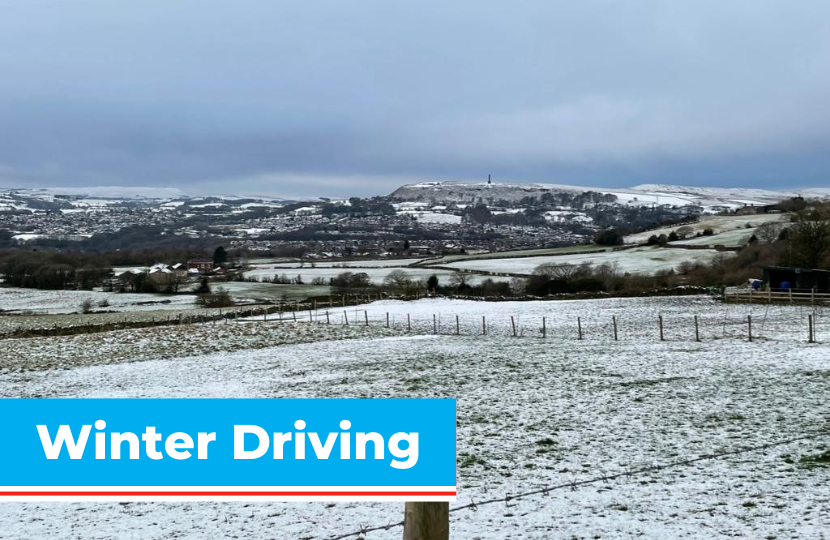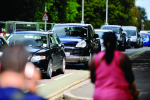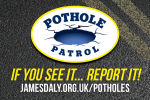
 It’s snowing across Bury and temperatures are right down tonight and tomorrow so please do be careful on the roads.
It’s snowing across Bury and temperatures are right down tonight and tomorrow so please do be careful on the roads.
 Last year I put together a winter driving page with advice from local and national authorities on how to stay safe which you can see below.
Last year I put together a winter driving page with advice from local and national authorities on how to stay safe which you can see below.
 On this page you can see local gritting routes and if any are missed or you find a grit bin near you is empty please contact me and I will raise it with the council.
On this page you can see local gritting routes and if any are missed or you find a grit bin near you is empty please contact me and I will raise it with the council.
Across Bury, Ramsbottom and Tottington we are lucky that we often get the winter magic of snow each year!
But with this comes risks that we all should be aware of, below are just some examples of how to stay safe and who to contact if you get stuck.
Some of the greatest risks come when we're driving, to help keep everyone safe there are some things from the Gov.uk website and the Highway Code to keep you safe:
Rule 228
In winter check the local weather forecast for warnings of icy or snowy weather.
DO NOT drive in these conditions unless your journey is essential. If it is, take great care and allow more time for your journey.
Take an emergency kit of de-icer and ice scraper, torch, warm clothing and boots, first aid kit, jump leads and a shovel, together with a warm drink and emergency food in case you get stuck or your vehicle breaks down.
Rule 229
Before you set off
- you MUST be able to see, so clear all snow and ice from all your windows (Just clearing the part of the windscreen you sit in front of is not correct)
- you MUST ensure that lights are clean and number plates are clearly visible and legible
- make sure the mirrors are clear and the windows are demisted thoroughly
- remove all snow that might fall off into the path of other road users
- check your planned route is clear of delays and that no further snowfalls or severe weather are predicted.
Rule 230
When driving in icy or snowy weather
- drive with care, even if the roads have been treated
- keep well back from the road user in front as stopping distances can be ten times greater than on dry roads
- take care when overtaking vehicles spreading salt or other de-icer, particularly if you are riding a motorcycle or cycle
- watch out for snowploughs which may throw out snow on either side. Do not overtake them unless the lane you intend to use has been cleared
- be prepared for the road conditions to change over relatively short distances
- listen to travel bulletins and take note of variable message signs that may provide information about weather, road and traffic conditions ahead.
Rule 231
Drive extremely carefully when the roads are icy. Avoid sudden actions as these could cause loss of control. You should
- drive at a slow speed in as high a gear as possible; accelerate and brake very gently
- drive particularly slowly on bends where loss of control is more likely. Brake progressively on the straight before you reach a bend. Having slowed down, steer smoothly round the bend, avoiding sudden actions
- check your grip on the road surface when there is snow or ice by choosing a safe place to brake gently. If the steering feels unresponsive this may indicate ice and your vehicle losing its grip on the road. When travelling on ice, tyres make virtually no noise.
The Gov.UK Website also has some tips on how to clear snow and ice yourself:
How to clear snow and ice
When you clear snow and ice:
- do it early in the day - it’s easier to move fresh, loose snow
- don’t use water - it might refreeze and turn to black ice
- use salt if possible - it will melt the ice or snow and stop it from refreezing overnight (but don’t use the salt from salting bins as this is used to keep roads clear)
- you can use ash and sand if you don’t have enough salt - it will provide grip underfoot
- pay extra attention when clearing steps and steep pathways - using more salt may help
Local Council Winter Service
Our local council is Bury Council, who provide a winter service which covers road gritting, salt bins and pathway gritting.
You can find information on their gritting routes, treated footways and frequently asked questions at: https://www.bury.gov.uk/gritting
For advice on driving in other adverse weather conditions why not visit: https://www.gov.uk/guidance/the-highway-code/driving-in-adverse-weather-conditions-226-to-237






